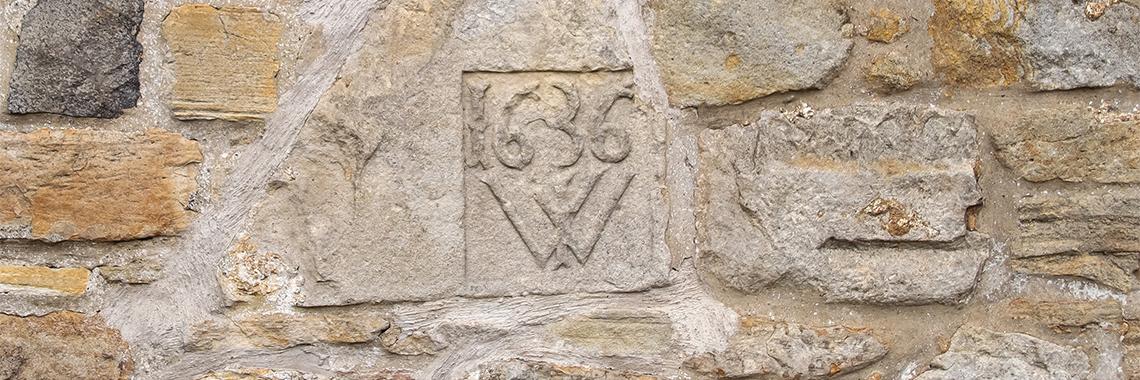Jonet was executed for witchcraft in 1644 and her husband was forced to pay for her imprisonment, trial and execution.
On the 18th of July 1644 David Aikmane had to sign 100 merks {about £700 in today’s money} of his and Jonet’s debts and possessions over to the Calder kirk session. The record shows that the money collected was allocated to pay for the cost of Jonet’s recent imprisonment and execution with any left over to be used for other ‘witches’ who did not have their own money.
David and Jonet lived at Nether Williamston, now Murieston, and had been married for just two years when she died. Jonet had been married before; in 1630 to a man called Johne Bryse. There are records of a boy called Johne Bryse (age 12 in 1644) who may have been their son. David was probably widowed too and had two children; Samuel Aikmane (age 7) and Bessie Aikmane (age 5).
The church went to great trouble to take in David and Jonet’s debts. They even sent a debt collector to a widow called Christian Taylor from Crofthead and took ‘ells of plaiding and harding’ {lengths of cloth} and money from her.
The money and goods were given to Sir William Sandilands, the Tutor of Torphichen, who was David’s landlord and a Calder kirk elder. The Tutor then used the money to pay the costs of Jonet’s imprisonment and that of ‘remaining witches’ who had no money themselves. He gave John Cranstoun 56 Scots pounds 5 schillings and 4 pence (about £500 now) for meat and drink supplied to the imprisoned ‘witches’.
Isobel Ewart, wife of a local Laird, was upset that Jonet had been executed for witchcraft. Isobel spoke up about this and was then accused herself by the kirk session of ‘scolding and railing’ against them. Isobel was said to have named Jonet as an honest, innocent women who was killed as a witch.






